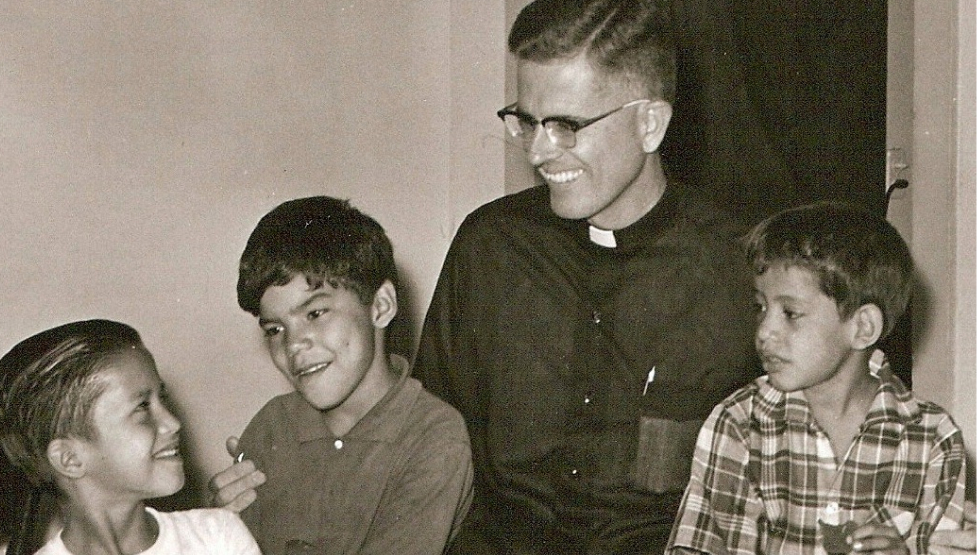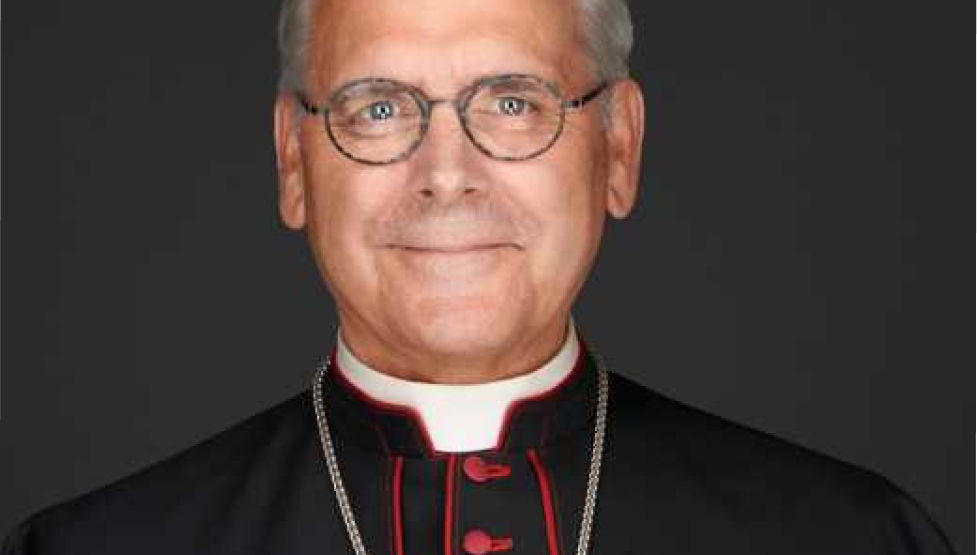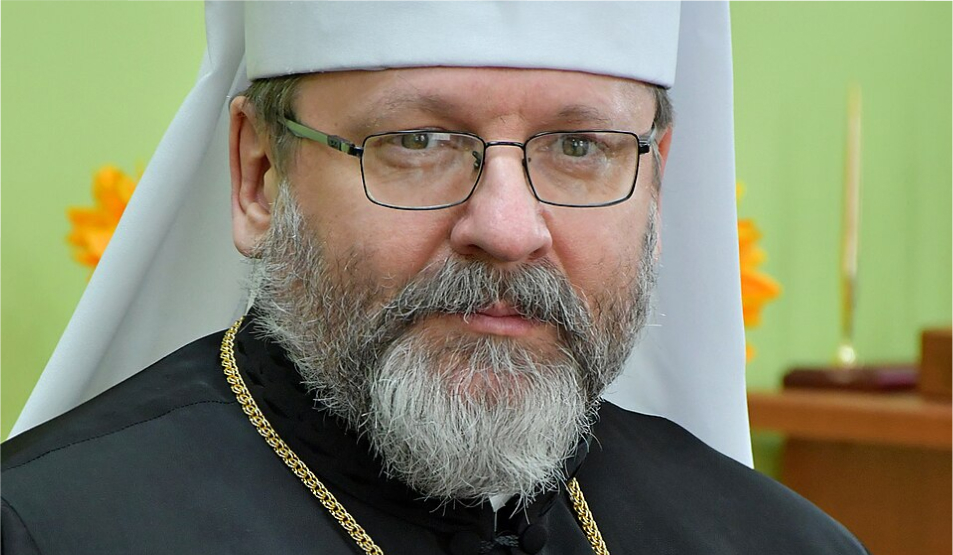The Diocese of Lincoln has concluded that an incident in which a relic of St Gemma Galgani appeared to move on its own at a university parish earlier this week was not a supernatural phenomenon.
The apparent movement of the relic, displayed in a shadowbox at St Thomas Aquinas Church on the campus of the University of Nebraska–Lincoln, drew widespread attention after videos circulated online. The footage appeared to show the relic of St Gemma vibrating and shifting, while other nearby relics in the reliquary remained still.
Following numerous reports, Bishop James Conley of Lincoln ordered an investigation. Diocesan officials examined the reliquary and tested it by moving it to a different hook. When they did so, the movement stopped.
When another reliquary was hung on the same hook, it began to move in the same way. This led investigators to conclude that vibrations from the church’s HVAC and electronic systems were being transmitted through the wall, affecting that particular hook.
In a statement, the diocese confirmed, “The entirety of our investigation has led us to conclude this incident was not of supernatural origin.”
The bishop noted it was the first time he had personally overseen such an inquiry and highlighted that the Church follows a canonical process in cases of alleged supernatural activity.
The diocese said the reliquary has since been secured in a new position, and no further movement has been observed.
Fr Caleb La Rue, the diocesan chancellor, also examined the relic. He found that the hook on which the reliquary had been hanging was slightly bent, causing the weight to be unevenly distributed. Once the reliquary was moved, the motion ceased.
He said the Church approaches such incidents with “healthy scepticism” to rule out natural explanations before considering supernatural ones, reports the Catholic News Agency (CNA).
Although the investigation ruled out any miracle, both Bishop Conley and Fr La Rue expressed hope that the episode would inspire greater devotion among the faithful. The bishop remarked that the incident had drawn attention to the relics displayed in the church and, more importantly, to the Eucharist, which he described as “the greatest miracle of all”.
Michael O’Neill, the host of EWTN show “Miracle Hunter”, told CNA that the Church “would not in modern times investigate a moving relic” and that “traditionally, only a few types of miracles are ever investigated, specifically healing miracles, Marian apparitions, Eucharistic miracles, weeping statues or icons and incorrupt saints”.
St Gemma Galgani, an Italian mystic who died in 1903 aged just 25, experienced extraordinary mystical phenomena from a young age, including visions of her guardian angel, the Virgin Mary and Jesus Christ.
At the age of 21, she is said to have received the stigmata, the wounds of Christ, which appeared on her hands, feet and side every Thursday evening and remained until Friday afternoon.
Though she never formally entered a convent due to her poor health, she lived a life of virtue and penance under the guidance of her confessor, the Passionist Father Germano Ruoppolo.
St Gemma died in 1903 after a prolonged illness believed to be tuberculosis. Witnesses described her final moments as peaceful and prayerful, and reports of favours and healings attributed to her intercession began soon after her death.
Pope Pius XI declared her venerable in 1931, and Pope Pius XII canonised her in 1940.
Photo: St Gemma Galgani (image in public domain)




.jpg)




.jpg)
.jpg)
.jpg)




